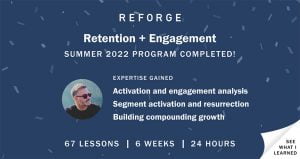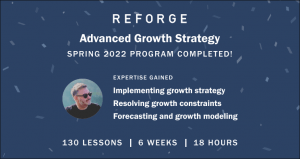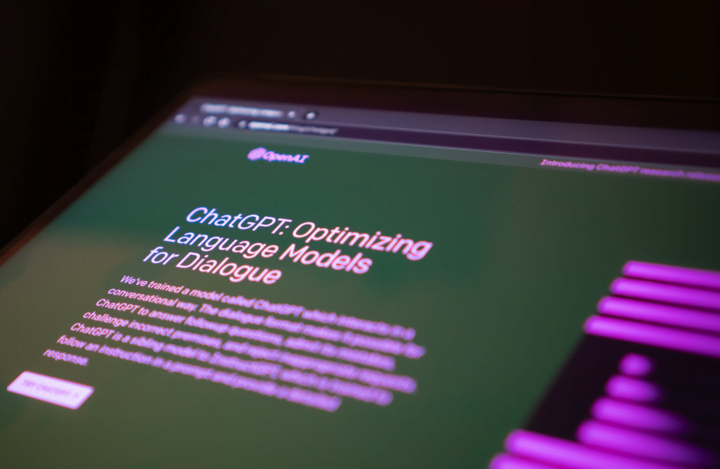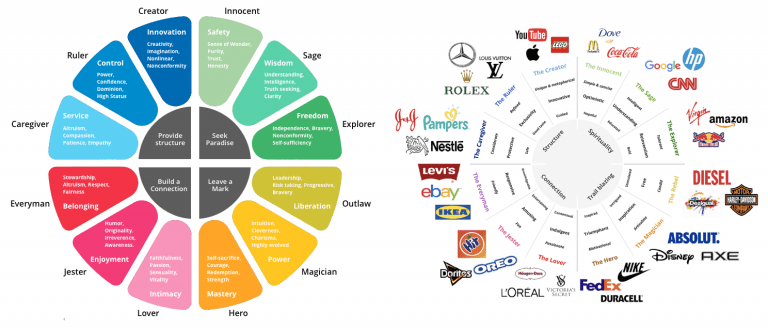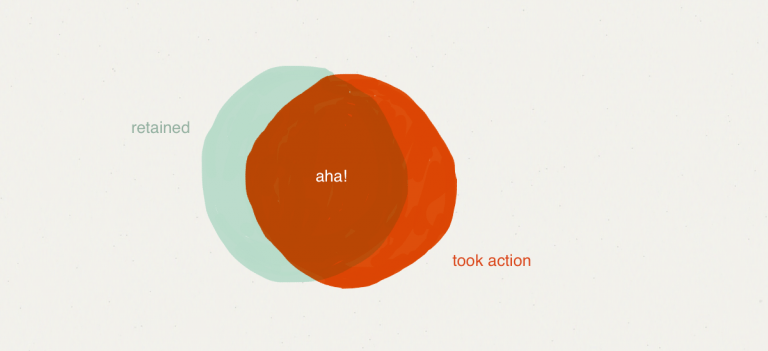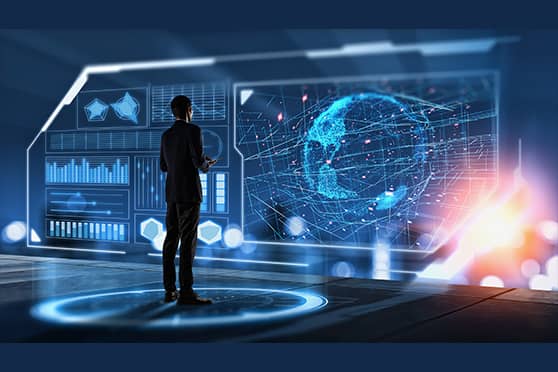Email marketers constantly hear the advice: deliver the right message to the right person at the right time. To accomplish this on a larger scale, automated email campaigns are indispensable.
This requires a well-defined strategy and capable CRM platforms to engage with your users, enhance their experience and foster the relationship with them to convert them into loyal buyers.
Let’s delve into the types of automated email marketing campaigns that your brand should implement. Here is a list of the most important and effective email series for consumers.
Abandoned Cart Emails
Abandoned cart emails are frequently employed in eCommerce. These messages are sent when subscribers add items to their carts but fail to complete the purchase. Cart abandonment rates are alarmingly high, hovering around 70%. Implementing an automated recovery program can significantly reduce this number.
You can start with a simple reminder email a few hours after abandonment, showcasing the item the shopper was interested in and asking if they still intend to make the purchase. However, you can go beyond that by addressing common objections or emphasising your unique value proposition. Building trust through endorsements or reviews can also yield positive results.
Keep in mind that a single abandoned cart email may not convince every reader. Consider creating a series of emails that gradually build your case, concluding with a discount as a last resort. To optimise these campaigns, gain an understanding of common objections that cause consumers to abandon their carts and collaborate with CX and UX teams.
New Customer Welcome Series
To transform new customers and subscribers into brand advocates, it is crucial to deliver an exceptional experience from the start. A new customer welcome email series helps maintain their excitement, particularly if you offer free trials, limited cancellation windows, or products that require time commitment for results.
Use this series to foster brand affinity, share successful customer stories, highlight your company’s culture, and provide additional ways for subscribers to engage. Present multiple options for subscribers to interact with your brand and inform them about other products you offer.
Transactional Emails
Transactional emails provide subscribers with basic information about their purchases or orders. These emails offer reassurance, enable order tracking, deliver digital products, or confirm cancellations. They play a vital role in building trust and nurturing long-term relationships with customers.
To stand out, include customised content and added value in transactional emails. Consider incorporating sections like “while you wait” or offering a behind-the-scenes glimpse into the preparation process for customised items. Remember to keep marketing-related content to a maximum of 25% to 30% of the email to avoid being classified as spam.
Consumer Education Email Series
Certain products require consumer education before making a purchase. Instead of overwhelming consumers with lengthy fact sheets, disseminate the information through a series of emails. Start by highlighting the most impressive benefits and gradually address objections, building trust through stories, examples, and reviews.
Educational content is also valuable for new customers. By providing new subscribers or customers with educational email content, you can help them successfully use your product, increasing the likelihood that they remain subscribed and make future purchases. Educational content solidifies your company’s expertise and enhances the impact of your sales offers as your voice and advice become more trusted.
Customer Satisfaction Series
If you have delivered an exceptional experience, you want satisfied customers to express their confidence in your brand. You want them to spread the word! And if a customer had a less-than-ideal experience, it’s essential to know to prevent negative word-of-mouth.
An automated customer satisfaction series can achieve both these goals and more. It provides an opportunity to request positive reviews when new customers are most excited. According to TrustPilot, 89% of consumers seek reviews before making purchases, making these campaigns highly worthwhile.
Test different timelines, but most companies send these emails within a few days of order delivery. Consider leveraging psychology by encouraging customers to leave reviews if they enjoyed their purchase. Chewy takes it a step further by subtly suggesting a five-star rating through the graphic at the top.
You can also offer opportunities to address any negative experiences. If someone had a less-than-satisfactory encounter, resolving the issue can prevent a negative review.
Follow-up emails serve purposes beyond reviews. They allow you to monitor your operations and identify potential issues before they escalate. Send surveys with a short series of questions about key areas to gather feedback and improve your average rating. For instance, a sudden drop in packaging rating could signal a problem that needs investigation.
Customer Birthday Email
Everyone loves to feel special! Show appreciation for subscribers by sending a personalised note on their birthday or a gift on the anniversary of their first purchase.
As this tactic has become quite popular, the challenge now is to stand out. One approach is to extend the celebration beyond the actual day. For example, consider implementing a “five days of birthday” series that lasts several days after the typical celebrations from other companies have passed.
Customer Re-engagement Automations
Re-engaging dormant customers is a powerful opportunity for marketers, as it is more cost-effective to sell to previous customers than to acquire new ones. Before launching this type of email automation, it is wise to clean your email list to ensure optimal deliverability. Familiarize yourself with list cleaning best practices to get started.
When attempting to win back customers, a special offer is a nice touch, but it does not address other common reasons why customers disengaged in the first place. Perhaps their trust was lost, or they were swayed by a competitor. Alternatively, their needs, circumstances, or preferences may have changed since their initial interaction with your brand. They might not even be aware that you offer other products.
Suppose you sell novelty t-shirts based on various television series. A customer who used to purchase shirts related to a specific show may have lost interest over time and has not made a new purchase in nearly a year. Sending the same promotional emails featuring the original show will no longer be effective, as their interests have shifted.
It’s time to engage them with something new. Did they know that you also carry shirts featuring other programs? Perhaps one of those programs is their new obsession!
Another possibility is that their life circumstances have changed. They might be buying fewer clothes for themselves but more for their new baby. Did they know that you offer clothes for little ones as well?
The win-back email from Clear not only offers a discount, but it also focuses on the improvements made to the service. They likely received feedback from former customers indicating that the speed of service did not justify the price they paid.
New Product or Feature Launch Series
When you’re ready to launch a new product, don’t forget to inform your existing or previous customers. They are likely some of your best prospects!
If your company frequently releases new products or upgrades, you can announce each one, even in a multi-part email series, without overwhelming your subscribers. How can you achieve this?
One straightforward approach is to send emails only to segmented portions of your list based on previous order history. For instance, if someone has only ever purchased vegan options from your shop, you may not need to notify them every time you release a new beef jerky flavour.
However, there may be instances when you want to inform everyone about a category expansion or another significant release. After all, many subscribers may not be aware of the full extent of your offerings.
To send a multi-part automated announcement series while minimising the risk of fatigue, clearly indicate the nature of the release in the subject line. Then, before sending the third or fourth email in the series, filter out subscribers who received the first two emails but did not open them. While not foolproof, if they did not open the initial emails, they might not be interested in subsequent messages. On the other hand, those who did open the emails are likely still engaged and interested in learning more.
Google employed this email style to announce the launch of their Pixel 4a smartphone. The email featured captivating images, listed the top benefits and features, and included a clear call to action to pre-order now.
Activity-based Trigger Emails
Activity-based trigger emails are precisely what they sound like: automated messages sent when a subscriber takes a specific action. Whether it’s abandoning a cart, making a purchase, or joining your email list, these triggers can initiate a series. If you think this sounds similar to some of the ideas we’ve already discussed, you’re absolutely right.
Most automation platforms allow for further customization based on various triggers. For example, if someone clicks through an email in an education series to learn more about financing, this action can trigger a new series about financing basics.
Consumers respond to relevant messages at the perfect timing. Activity-based triggers do not have to be intrusive. In fact, they can be lifesavers, making you the hero.
Suppose a former customer returns after a long absence. In that case, you can send an automated email offering a one-on-one consultation. If someone reads a specific blog post, you can send them more information related to the post’s topic. This advanced level of email marketing requires a deep understanding of your target audience and their customer journey.
Reorder/Renewal Reminder Emails
Maximise your average customer lifetime value by using email automation to ensure customers reorder or renew their purchases. Many products have a limited shelf life or finite usage. For instance, if your makeup product typically lasts around 30 days, consider sending reminders to reorder after 21 days to encourage customers to “never run out.” Automating these emails allows your sales team to work tirelessly.
Apple Music keeps their reminder email simple but effective. It features an eye-catching image, a compelling reminder to turn on automatic renewal, and a colourful button that takes customers straight to the renewal landing page.
If customers do not renew or reorder after a few attempts, you can try offering incentives such as discounts or bonus items. Additionally, take the opportunity to suggest alternative products or services that customers with similar traits often choose.




